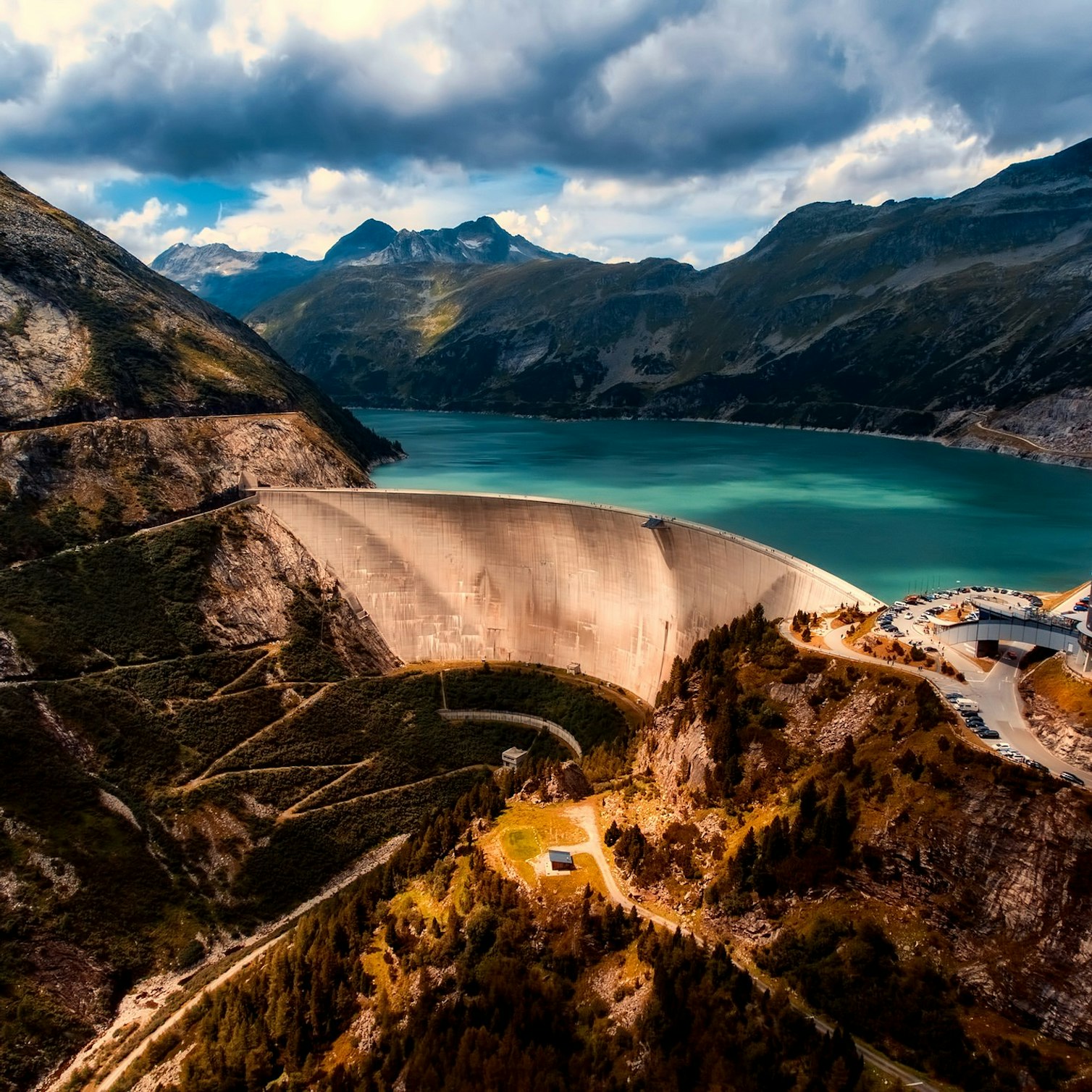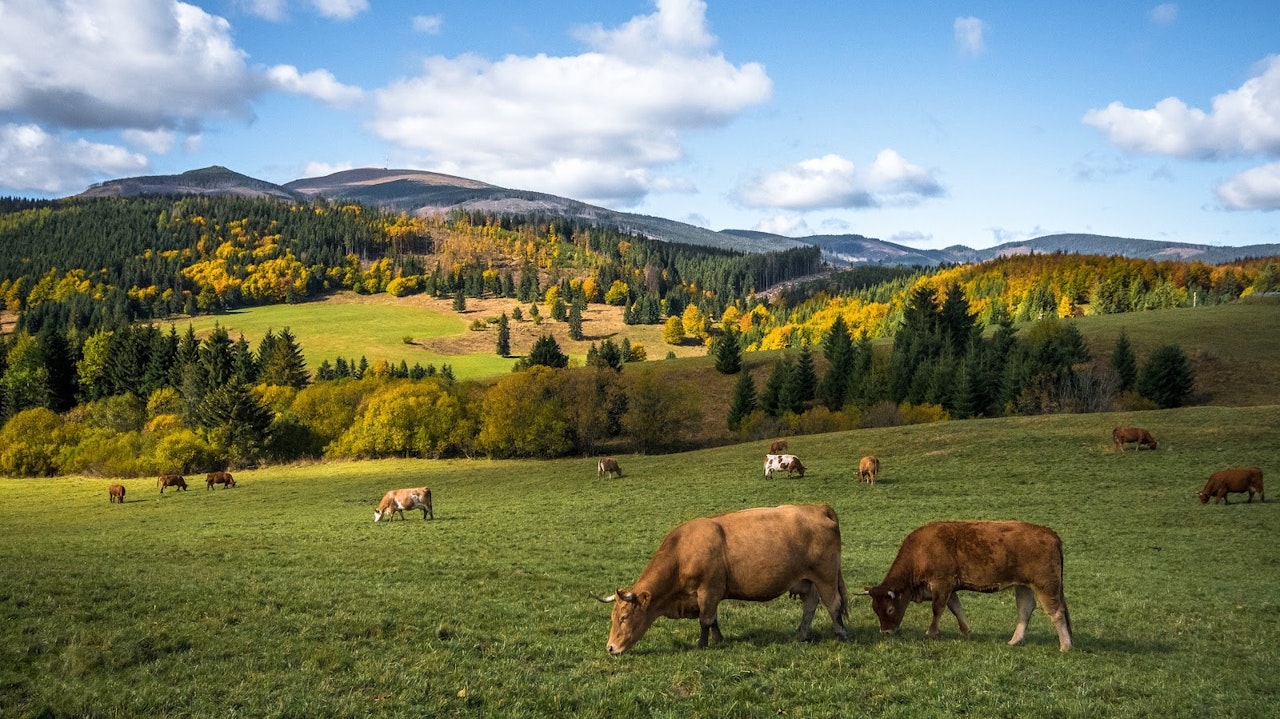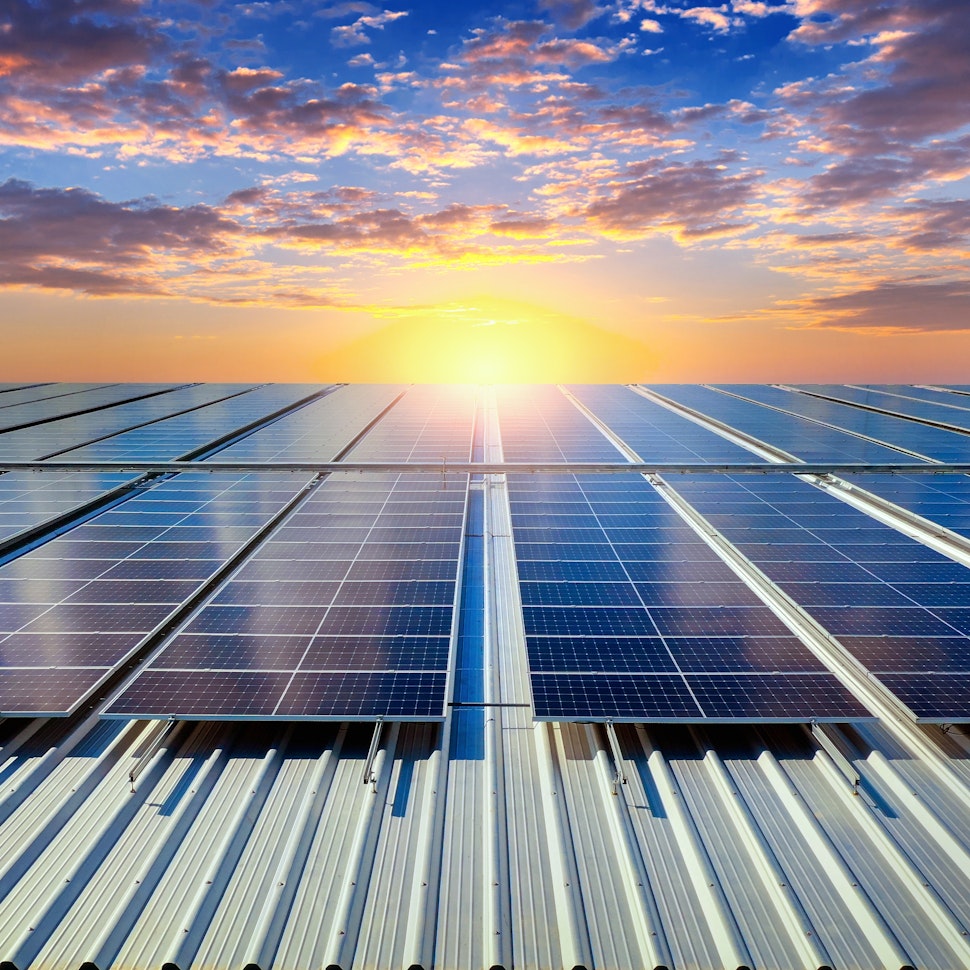- Solar energy blog
- Renewable technologies and their geographical location: Why it matters
Renewable technologies and their geographical location: Why it matters


Laura Rodríguez
Territory Manager Oceania & Nordics
Laura is a renewable and software industry sales professional, currently working at RatedPower as Territory Manager Oceania & Nordics. With a background in International Business and International Trade, Laura previously worked in the business strategy area in various companies as well as as a market analyst for the Government of Spain in Australia.

Content
Anyone in the industry would agree that location is one of the primary factors to consider when installing renewable energy generation. As you would expect, some countries and regions are better suited to certain types of renewables depending on their natural resources.
Latitudes with the most hours of sunshine are the best places for solar panels, while areas with high winds are ideal for wind turbines. Analysis shows that there are sufficient solar and wind resources on earth to more than cover the world’s energy demand.
In this article, we’ll take a look at some of the most important features to assess when deciding where to locate different renewable technologies. Then we’ll go on to see some of the best places around the world for wind and solar projects.
What are the ideal renewable resources?
Put simply, the best sites for renewable energy generation have abundant natural resources:
Long hours of sunlight
High wind speeds
Large volumes of rainfall
Strong tides and waves
Geothermal heat
Fertile land for biomass feedstocks
This is why certain countries can generate large proportions of their electricity supply from renewable technologies.
For example, Norway has high volumes of rainfall that fill reservoirs and allow it to generate as much as 99% of its electricity from hydropower. Iceland generates 25% of its electricity production and 66% of its primary energy use from geothermal facilities. China has the world’s largest solar capacity, much of it installed on its vast desert plains.

Best locations for solar energy
So, where exactly are the best places in the world for solar power projects? The ideal conditions for solar panels depend on:
Solar irradiance
Latitude
Cloud cover
Elevation
Pollution
Shading
Land quality
One of the best places on earth for solar energy, due to its exceptional conditions, is the Atacama Desert in Chile. It’s close to the equator and at a high elevation, giving it high levels of solar irradiance, which refers to the light energy from the sun. As the driest area in the world, it has limited cloud cover. And being away from population centers has limited pollution and shading.
Chile had around 3.8GW of installed solar power capacity at the end of 2020, accounting for around 13% of its total electricity capacity, according to the national energy commission (CNE). There are plans to install at least another 4GW in 2021, doubling its capacity to 28% of the country’s total capacity. Read more about Chile on our blog post “Renewable energy in Latin America”.
Other locations well suited to solar power generation include Bolivia, Namibia, Jordan, and Egypt.
Land conditions
The location of the land used for ground-mounted solar farms depends not only on natural resources, however. The site needs to be large enough to host rows of solar photovoltaic (PV) panels and the accompanying equipment including inverters.
Installing 1kW of PV panels typically requires around 100 sq ft of land. Solar power technology offers an efficient use of land — by using 8.33 acres per GWh annually, solar can generate 25GWh over 25 years, compared with 16.66GWh from nuclear and 11.11GWh from coal. Moreover, the land can easily be reclaimed by removing the panels, whereas reclaiming land from nuclear and coal plants is costly and not all the land can be reused.
Discover how to plan your solar plant so that your PV panels layout takes the least space possible with software. With RatedPower, you may reach ratios of panel installations as low as 1mW per 2,5 acres (1mW per Ha). Read a Celsia’s customer story.
Solar installations that can be connected to grid infrastructure can supply electricity to surrounding towns and cities, rather than being confined to use on-site.
The quality of the land is also important. It needs to be flat, stable, and clear of obstructions and sources of shading like trees and bushes. It should be away from areas of potential flooding.
Novel locations
Solar panels are increasingly being installed on farmland — coexisting alongside grazing animals and elevated above crops — known as agrophotovoltaics.
Floating solar panel arrays are another way to use resources for dual functions, such as reservoirs, water treatment plants, and lakes created by hydropower dams.
Plus, solar farms can also reclaim land that is no longer suitable for other uses — brownfield sites such as closed coal mines, landfills, and toxic waste sites. There are even solar panels now installed near the site of the Chernobyl nuclear reactor.

Integrated buildings
Solar doesn’t necessarily need to use up dedicated land at all — solar panels can be installed on rooftops and integrated into building materials.
Building-integrated photovoltaic (BIPV) materials such as tiles and glass containing solar cells can be incorporated into architectural design to generate solar from rooftops, windows and skylights, building facades, walkways and carports in locations that receive good levels of sunlight.
Best locations for wind energy
The best sites to install wind turbines are not necessarily the same as the best places for solar panels. The conditions to consider for wind power include:
Wind speeds and direction
Elevation
Terrain
Humidity and air pressure
Land quality
The ideal locations for wind turbines are sites where the wind speed averages at least 9mph (14.48kph) for small turbines, and 13mph (20.92kph) for utility-scale turbines. Hilltops, open plains and mountain passes are all well suited to turbine installations as winds are strong and unobstructed.

Open water also offers favorable conditions, and offshore wind turbines are considered key to the renewable energy transition. Governments favor offshore farms as they can have a larger capacity than onshore sites, create new jobs, and overcome objections from residents who do not want to see large wind farms in countryside areas.
One of the best places in the world for wind energy is the southern tip of Argentina, where wind speeds are high in sparsely populated regions.
The largest installed wind farms in the world are located in China, the UK, the US, and India. China leads with the world’s largest wind capacity. It’s home to the largest onshore wind farm, while the UK has the world’s largest offshore wind farms.
RatedPower can help plan your renewable energy project. If your company is looking to install solar energy capacity, contact us. Our solar design platform has been devised to provide optimum planning for solar plants.
2025 Trends: Renewable Energy & Solar Research Report
Get key insights and data from an industry-wide survey and solar simulations on the RatedPower platform. Download now to uncover critical trends and challenges shaping the future of renewables.

Latest stories
Related posts
Technology and engineering
Outsmarting congestion: How efficient solar design helps navigate Nordic grid limits
Learn how Nordic operators and solar developers are adjusting to tighter grid conditions and how policy and design decisions are keeping projects on track.
Updated 16 DEC, 25

Technology and engineering
The rise of ultra-thin perovskite solar cells
Learn about Japan’s $1.5B initiative to commercialize ultra-thin, flexible perovskite solar cells and how it could transform the solar landscape globally.
Updated 30 SEP, 25

Technology and engineering
The green hydrogen boom in LatAm
Latin America is emerging as a green hydrogen leader. Learn how LatAm countries are leveraging solar and wind power to drive green hydrogen production.
Updated 22 JUL, 25

- RatedPower
- Solar energy blog
- Renewable technologies and their geographical location: Why it matters
 Watch a demo
Watch a demo Ask our AI Product Expert
Ask our AI Product Expert
